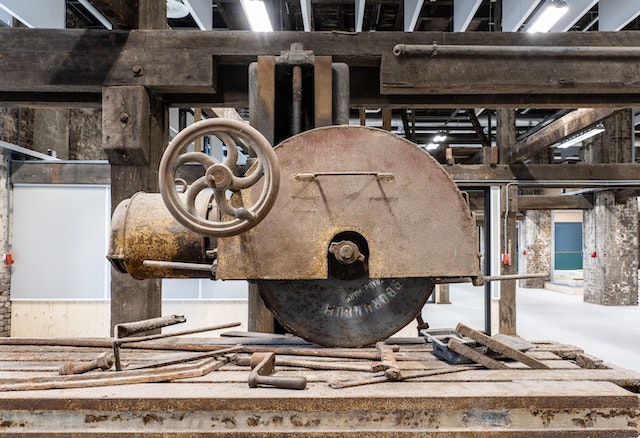In today’s fast-paced world of manufacturing, precision and efficiency are key factors for success. Traditional methods of cutting materials such as paper, fabric, and even metals can be time-consuming and prone to human error. This is where digital cutting machine come into play, offering a solution that streamlines the cutting process and delivers unparalleled accuracy. In this blog, we’ll delve into the world of digital cutting machines, exploring their technology, applications, and advantages.
I. Introduction to Digital Cutting Machines
Digital cutting machines are computer-controlled devices designed to precisely cut various materials with speed and accuracy. They have revolutionized several industries, from apparel manufacturing to packaging, by significantly reducing human intervention and associated errors. These machines are equipped with various cutting tools, including blades, lasers, and routers, and are programmed to execute precise cuts based on digital designs and patterns.
II. Technology Behind Digital Cutting Machines
The core technology of digital cutting machines is their ability to interpret digital files and translate them into physical cuts. The key components and technologies that enable this include:
1. Computer Numerical Control (CNC): Digital cutting machines are powered by CNC systems that follow instructions from a computer program. This allows for intricate and precise cuts based on digital designs.
2. Vision Systems: Many modern digital cutting machines are equipped with vision systems that can identify registration marks or patterns on the material, ensuring accurate cuts and compensating for material distortions.
3. Multiple Cutting Tools: Depending on the material and the desired precision, digital cutting machines can employ a range of cutting tools, such as oscillating blades, rotary blades, lasers, and water jets.
III. Applications of Digital Cutting Machines
Digital cutting machines have diverse applications across various industries. Some notable use cases include:
1. Textile and Apparel Industry: Digital cutting machines are commonly used for cutting fabric, leather, and other textile materials. They allow for rapid and precise cutting of patterns, reducing waste and labor costs in the fashion industry.
2. Packaging Industry: In the packaging sector, digital cutting machines are used to create custom packaging solutions. They can cut corrugated cardboard, foam, and other packaging materials with speed and accuracy.
3. Automotive Manufacturing: Digital cutting machines are employed to cut gaskets, seals, and upholstery materials in the automotive industry. Their precision ensures a perfect fit for components and interiors.
4. Signage and Graphics: These machines are used to cut vinyl, acrylic, and other materials for signage and graphics production, offering intricate and highly detailed designs.
5. Prototyping and Product Development: Product designers and engineers use digital cutting machines to create prototypes and test designs quickly, speeding up the development process.
IV. Advantages of Digital Cutting Machines
The adoption of digital cutting machines brings several advantages to businesses, including:
1. Precision: These machines offer unparalleled cutting accuracy, reducing material wastage and improving product quality.
2. Speed: Digital cutting machines operate at high speeds, increasing productivity and reducing lead times.
3. Versatility: They can cut a wide range of materials, making them versatile tools for different industries.
4. Cost Savings: Reduced material wastage and labor costs lead to significant savings over time.
5. Automation: Automation reduces the need for manual labor and minimizes the risk of human error.
V. Challenges and Considerations
While digital cutting machines offer numerous benefits, there are some challenges and considerations to keep in mind:
1. Initial Investment: High-quality digital cutting machines can have a significant upfront cost, which might be a barrier for smaller businesses.
2. Maintenance: Regular maintenance and software updates are essential to keep these machines operating at peak efficiency.
3. Software Compatibility: Compatibility between digital design software and the cutting machine’s control software is crucial for a seamless workflow.
4. Material Selection: Not all materials are suitable for digital cutting. Understanding the material’s characteristics is essential for achieving the best results.




